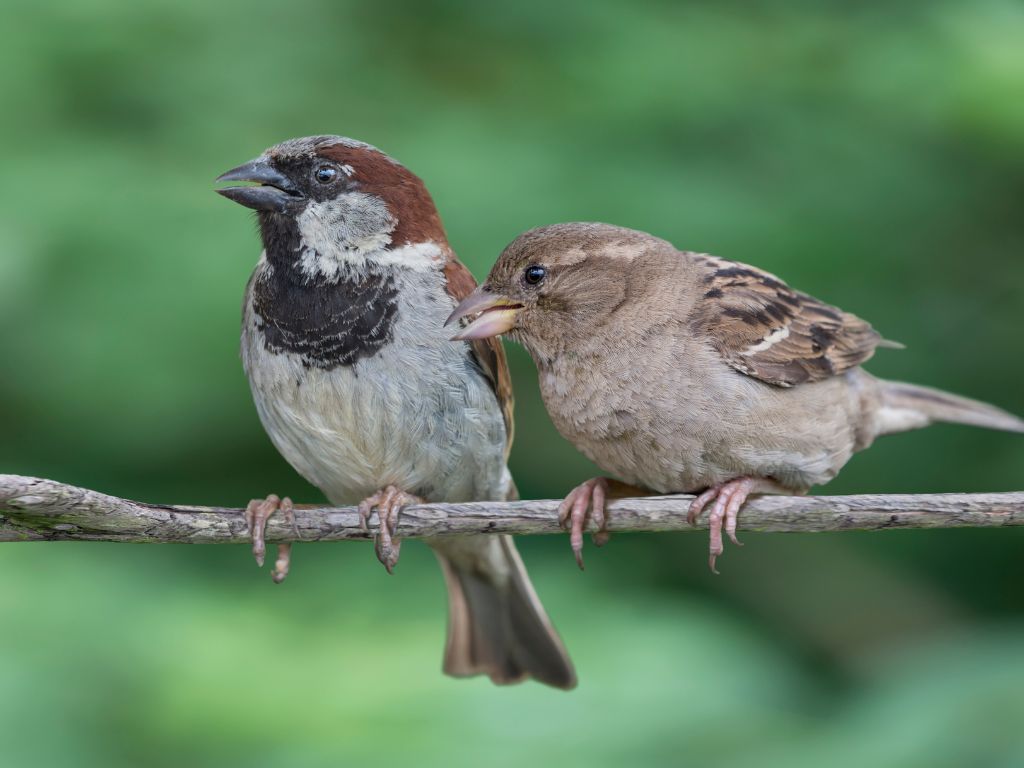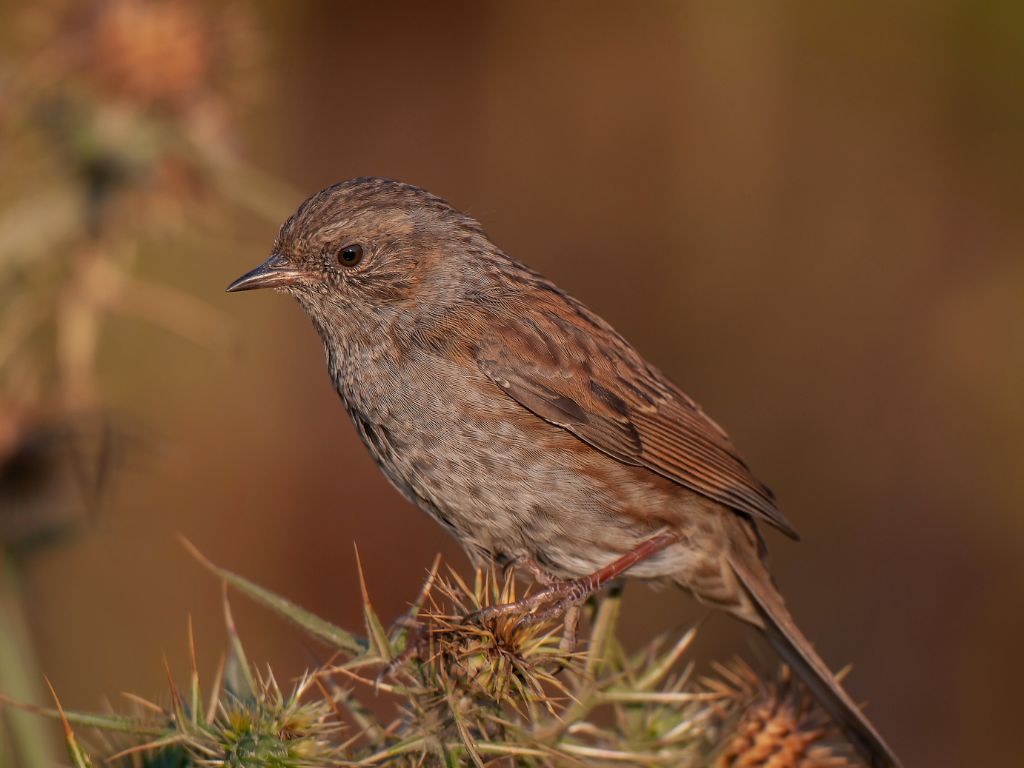Are you a pro at spotting tūī and kererū? Here are five more native backyard birds to get to know.
Use appearance, sounds and behaviours as clues for identification. Taking note of the birds in your backyard is more than just fun. The Garden Bird Survey needs you to identify and count birds to help scientists understand what’s happening in bird populations in urban and garden environments.
Korimako (bellbird)
Olive green body. Red eyes. Purple-tinted head and blackish wings and tail. Black beak, usually covered with bright orange or purple pollen from their messy nectar-feeding antics. Females are more brown and have a white stripe below the eye.
Korimako sound like tūī but more melodious, without the coughs and garbles. They have three distinct sounds, and songs vary enormously from one place to another.
You might see them eating the nectar from flowers.
Image credits: Tonia Kraakman, Iain Stych
Riroriro (grey warbler)
Small-sized (the second smallest bird in NZ!) Grey head. Olive-grey upper body. Off-white underbelly. Red eyes. Tiny, pointy black beak.
More often heard than seen. The male song is long-trilled, loud and sweet-sounding. Females give short chirping calls.
Riroriro often pick off insects from plants while hovering, unlike any other NZ bird.
Image credits: Jacqui Geux, Stanley Sutton
Kōtare (sacred kingfisher)
Medium-sized. Green-blue back. White-yellow underbelly. Black eye-stripe. White collar. Large black bill. Hunched silhouette.
Kōtare calls aren’t musical, instead opting for staccato territorial calls.
You’ll often see their distinctive hunched body perched on elevated observation posts, such as powerlines or fence posts. Kōtare fly from perch to catch prey, returning to their perch to batter larger prey before eating.
Image credits: Phototrip, Kelvin Perrie
Warou (welcome swallow)
Small-sized. Forked tail. Deep blue upper body. Black, pointy wings. Red-brown face. Short, black bill. Black eye stripe.
Warou are generally quiet, and their fantail-like twittering and chattering do not carry far.
These fast flyers are seen in pairs or flocks and nest on ledges, usually on manmade structures such as houses, bridges and culverts.
Image credits: Jay Pruett, Bert Filemyr
Tauhou (silvereye)
Small-sized. Olive-green head. Grey neck and upper back. Whitish-cream chest. White eye-ring.
Tauhou are high-pitched melodious songsters. The main call is a plaintive cree and the full song is a long, liquid warble.
Tauhou are well known for flocking noisily and actively foraging for insects, fruit and nectar. Aggressive interactions are common within flocks, with rapid wing fluttering and short chases.
Image credit: Jacqui Geux, Jamie Fraser
Introduced
Unfortunately, the most common birds you will see in your backyard aren’t endemic or native. They are introduced, mostly from Europe. Settlers missed the birds from their homelands or hoped they would eat insect pests damaging their crops.
Some introduced birds became pests by eating crops and threatening native birds, while others pollinate flowers and spread the seeds of native plants. The birds you see in your backyards are likely species that have not been devastated by the clearing of habitat or introduction of mammalian predators.
Predator control and eventually eradication, plus planting and habitat restoration, is critical to bring back unique native birds like kākā, kākāriki, tīeke (saddleback), toutouwai (robin) and miromiro (tomtit) to our urban backyards.





